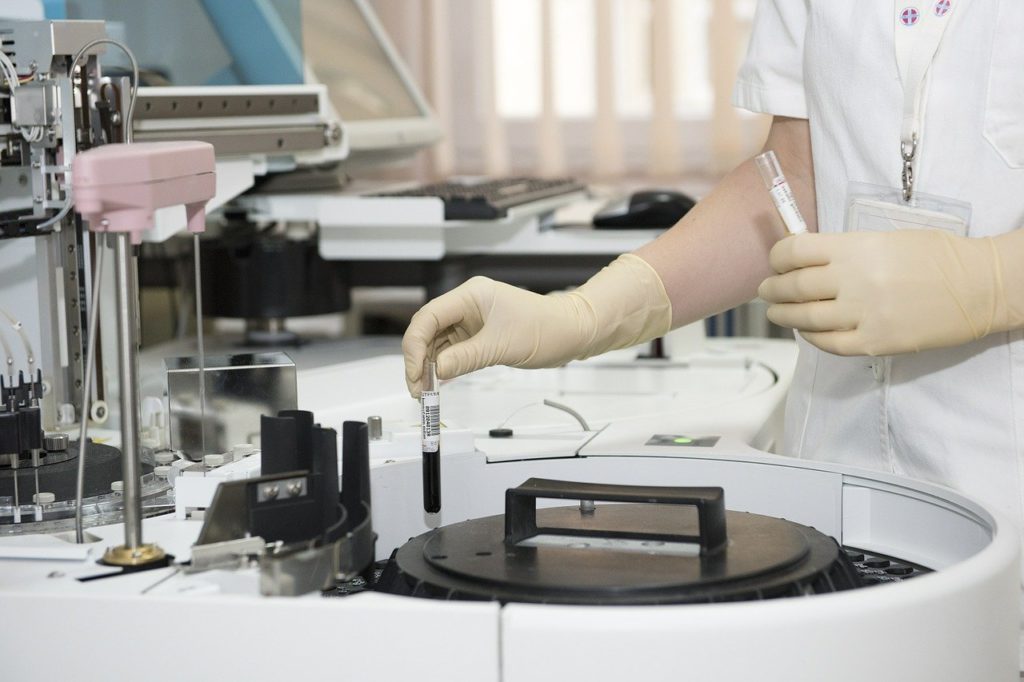Gonorrhea has been around for centuries. However, there have always been many misconceptions about this sexually transmitted infection. The famous Renaissance physician Paracelsus wrongly thought that gonorrhea was a symptom of syphilis, and it was not until 1885 that the first organism of gonorrhea was grown and studied in a laboratory.
One of the common misconceptions about gonorrhea is that this long-standing sexually transmitted disease went out with corsets and the horse-an-buggy. Not so! Gonorrhea is still a real and prevalent risk, and it is actually the second most common STD in the United States.
The Centers for Disease Control and Prevention state that there are 700,000 new cases of gonorrhea each year, and they estimate that less than half of these are reported. Additionally, according to the World Health Organization, there are over 62 million cases of gonorrhea every year.
Young people are most at risk of contracting gonorrhea, and women are more likely to contract the infection from men. Generally speaking, women are almost always at a greater risk of contracting sexually transmitted infections because the female anatomy is more susceptible to incoming bacteria, and once contracted, it can easily travel up to the uterus and do serious damage.
While gonorrhea is not fatal and is treatable with antibiotics, it can do severe damage to the body if it is not treated as soon as possible. Although gonorrhea often has no symptoms, it can lead to reproductive issues and to Pelvic Inflammatory Diseases (PID), and it can also damage the prostate. (Though symptoms are uncommon, they include: Burning during urination, white or yellowish discharge, bleeding outside of the menstrual cycle, and swollen or achy testicles).
However, some researchers are concerned because gonorrhea is becoming increasingly resistant to antibiotics. In past decades, there were several different medications which were able to treat gonorrhea, but now there is only one which is known to cure the infection. This treatment is performed in part with an injection, which many doctor’s offices sadly do not have on hand. Nor is the United States alone in this—Asia and Europe are both reporting new strains of gonorrhea which are not responding to traditional treatment.
The good news is that we still do have one known treatment for gonorrhea, and research in the field is ongoing. You can also greatly reduce your risk of gonorrhea by always practicing safer sex (even during oral sex) and by getting tested regularly for STDs, along with your current partner and any new partners thereafter. Safer sex is not 100% failsafe when it comes to preventing gonorrhea or any STDs, but it can help to greatly decrease your risk and safeguard your health.

